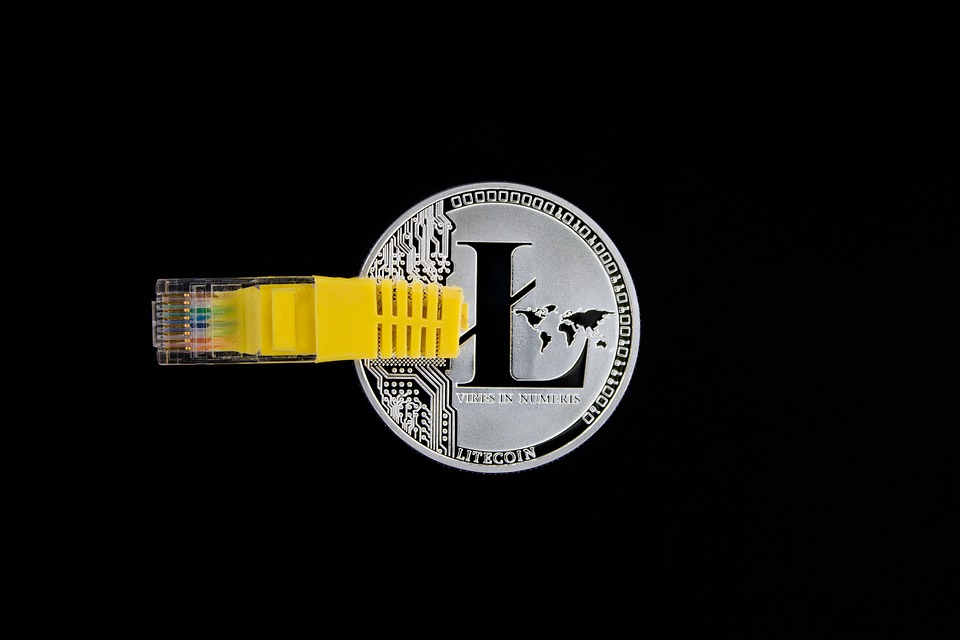As the Ethereum blockchain continues to gain popularity, understanding gas fees becomes increasingly essential for anyone looking to interact with this pivotal decentralized platform. Gas fees can often seem complex, but they play a critical role in facilitating transactions, executing smart contracts, and maintaining the overall health of the Ethereum network. In this guide, we’ll break down gas fees, how they work, and offer tips to navigate them effectively.
What Are Gas Fees?
In the Ethereum network, gas fees are the costs associated with executing transactions or operations on the blockchain. Think of gas as the fuel required to run applications on Ethereum, with each transaction requiring a certain amount of gas based on its complexity. For example, a simple transaction that transfers Ether (ETH) from one wallet to another will require less gas than executing a complex smart contract.
Gas fees are measured in Gwei, a subunit of Ether. There are 1 billion Gwei in one Ether, and gas fees fluctuate based on network demand, the complexity of the transaction, and the speed with which users want their transactions to be confirmed.
How Gas Work
1. Gas Limit
Every transaction has a gas limit, which is the maximum amount of gas the sender is willing to use for processing the transaction. If the required gas exceeds the limit set by the user, the transaction will fail, and the user will lose the gas they paid for the attempt. It’s essential to set an appropriate gas limit to avoid transaction failures, especially when working with complex smart contracts.
2. Gas Price
The gas price is the amount a user is willing to pay per unit of gas. Users can offer higher gas prices to incentivize miners to prioritize their transactions. Conversely, setting a low gas price during times of high network congestion might result in delayed confirmations.
3. Mining and Confirmation
Miners validate transactions and append them to the blockchain. The gas fees users pay go to the miners as a reward for their work. Transactions with higher gas prices are prioritized by miners because they yield more profit. Therefore, during peak times, gas prices can spike significantly, leading to higher overall costs for users.
How to Check Gas Fees
You can monitor gas fees in real-time using Ethereum gas trackers like Etherscan, Gas Now, or EthGasStation. These platforms provide insights into current gas prices and suggest optimal gas limits based on recent network activity.
- Standard Gas Price: This is the price at which most transactions are confirmed within an acceptable timeframe.
- Fast Gas Price: Suggests a fee that gets your transaction confirmed quickly.
- Slow Gas Price: Ideal for non-urgent transactions.
Tips for Managing Gas Fees
-
Set a Competitive Gas Price: During busy times, it’s beneficial to be ready to pay a higher gas price to ensure timely transaction confirmation. Monitor gas prices and adjust accordingly.
-
Optimize Gas Limit: Avoid setting your gas limit too low. Use tools and resources that help you estimate the required gas for specific transactions, especially for smart contracts.
-
Timing Matters: Gas fees can fluctuate based on network demand. Consider executing transactions during off-peak hours when fees are likely lower.
-
Batch Transactions: If possible, batch multiple transactions into one to save on gas fees. This eliminates the need to pay for each transaction individually.
- Use Layer 2 Solutions: Explore Layer 2 scaling solutions such as Polygon or Optimism. These protocols allow transactions to be executed off the Ethereum mainnet, often at significantly lower gas fees.
Conclusion
Understanding gas fees is critical for any user interacting with the Ethereum blockchain. By comprehending the dynamics of gas limits and prices, users can make informed decisions, save on costs, and enhance the efficiency of their transactions. As Ethereum continues to evolve, staying educated about gas fees will empower you to navigate this complex ecosystem confidently. Ultimately, the goal is not just to send ETH or execute contracts but to do so in a manner that respects the valuable resources of the network while achieving your objectives efficiently.




